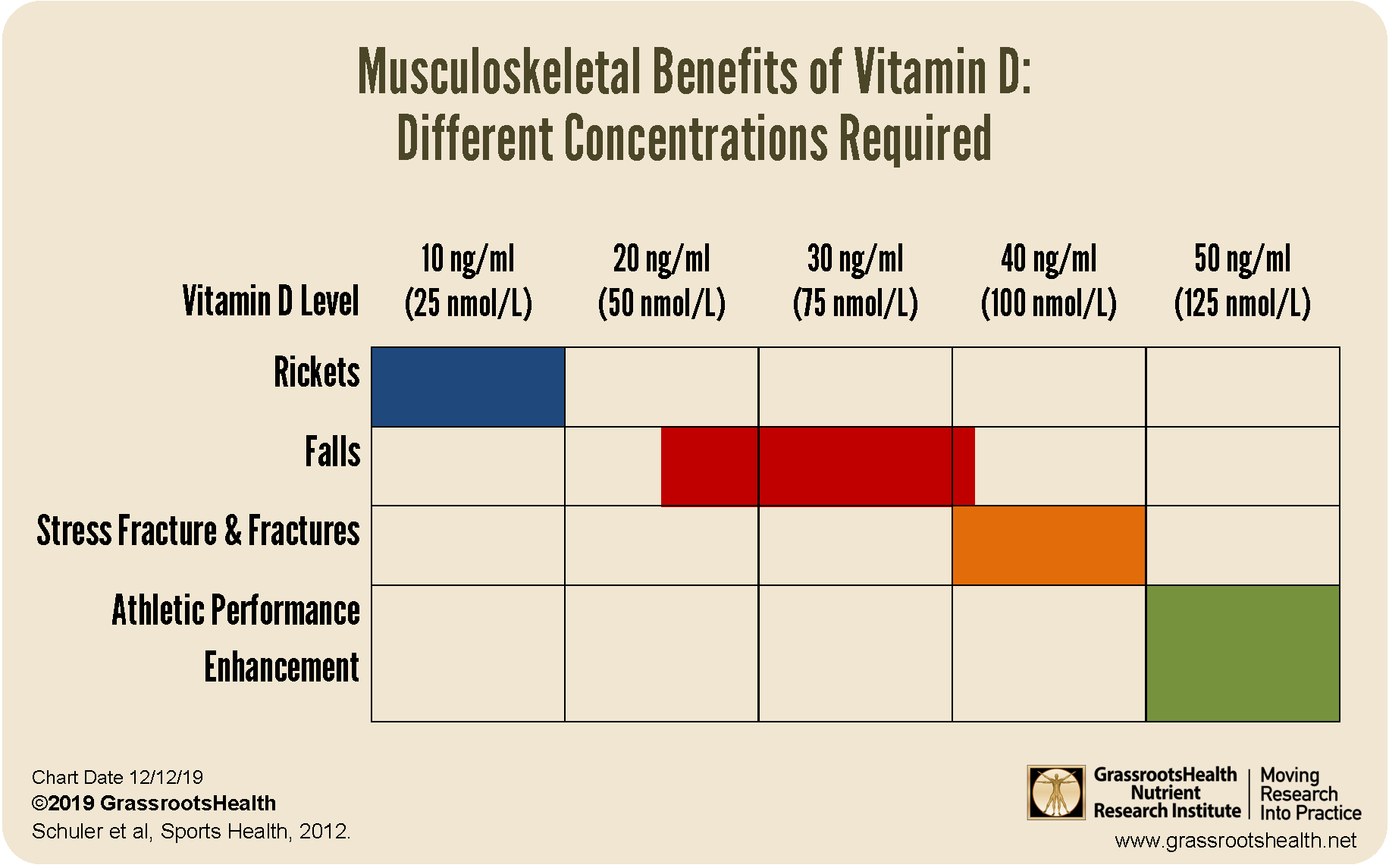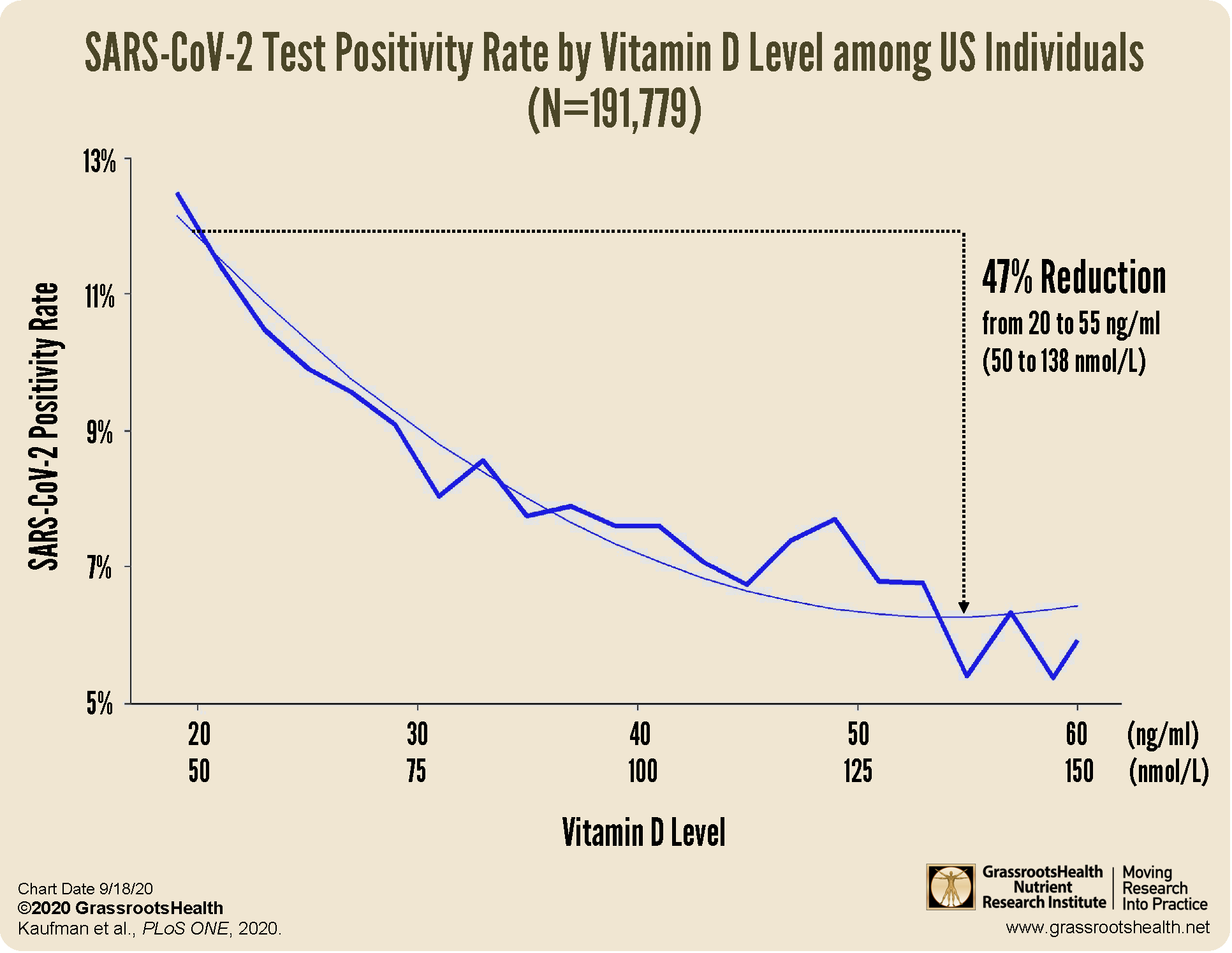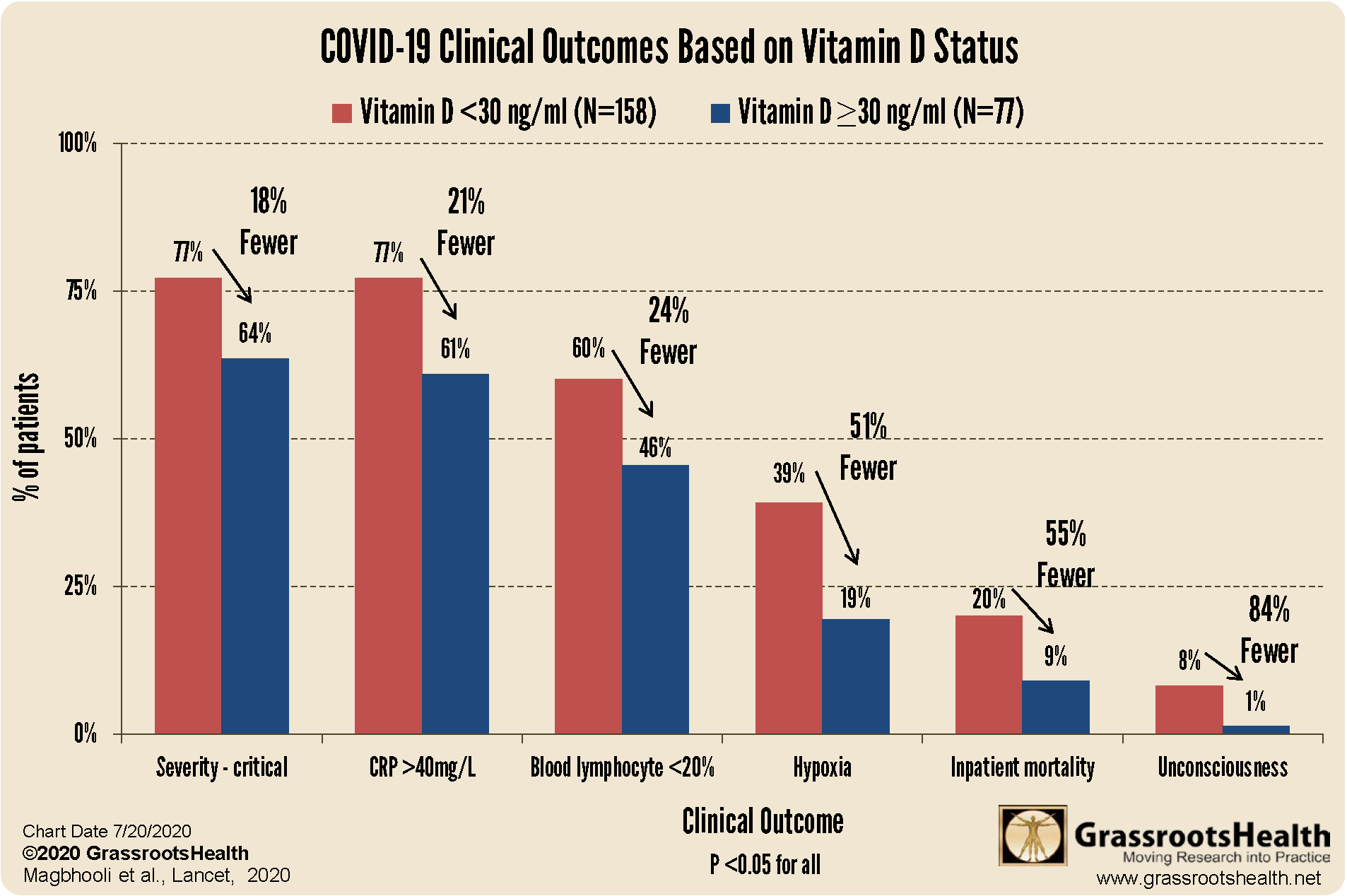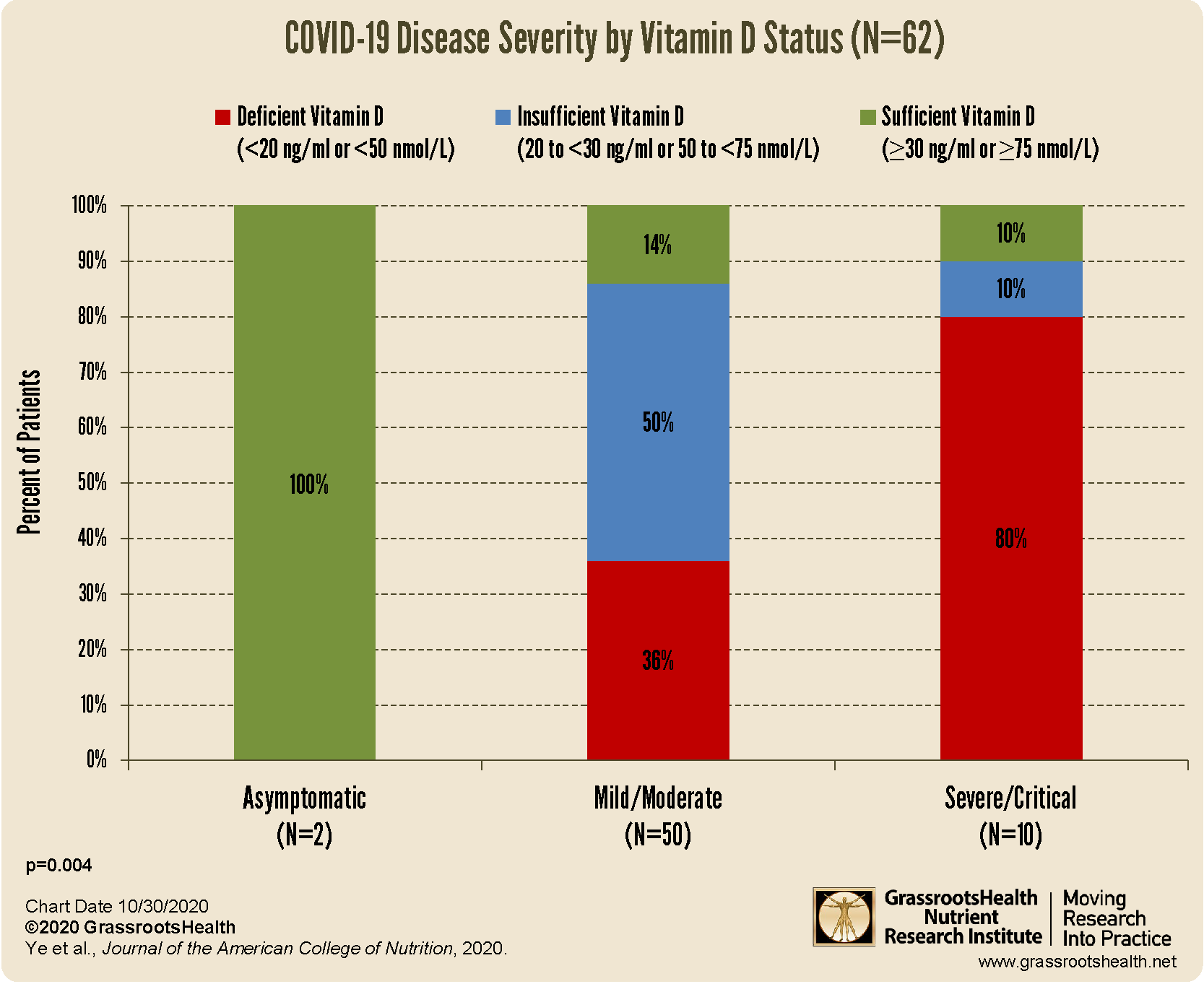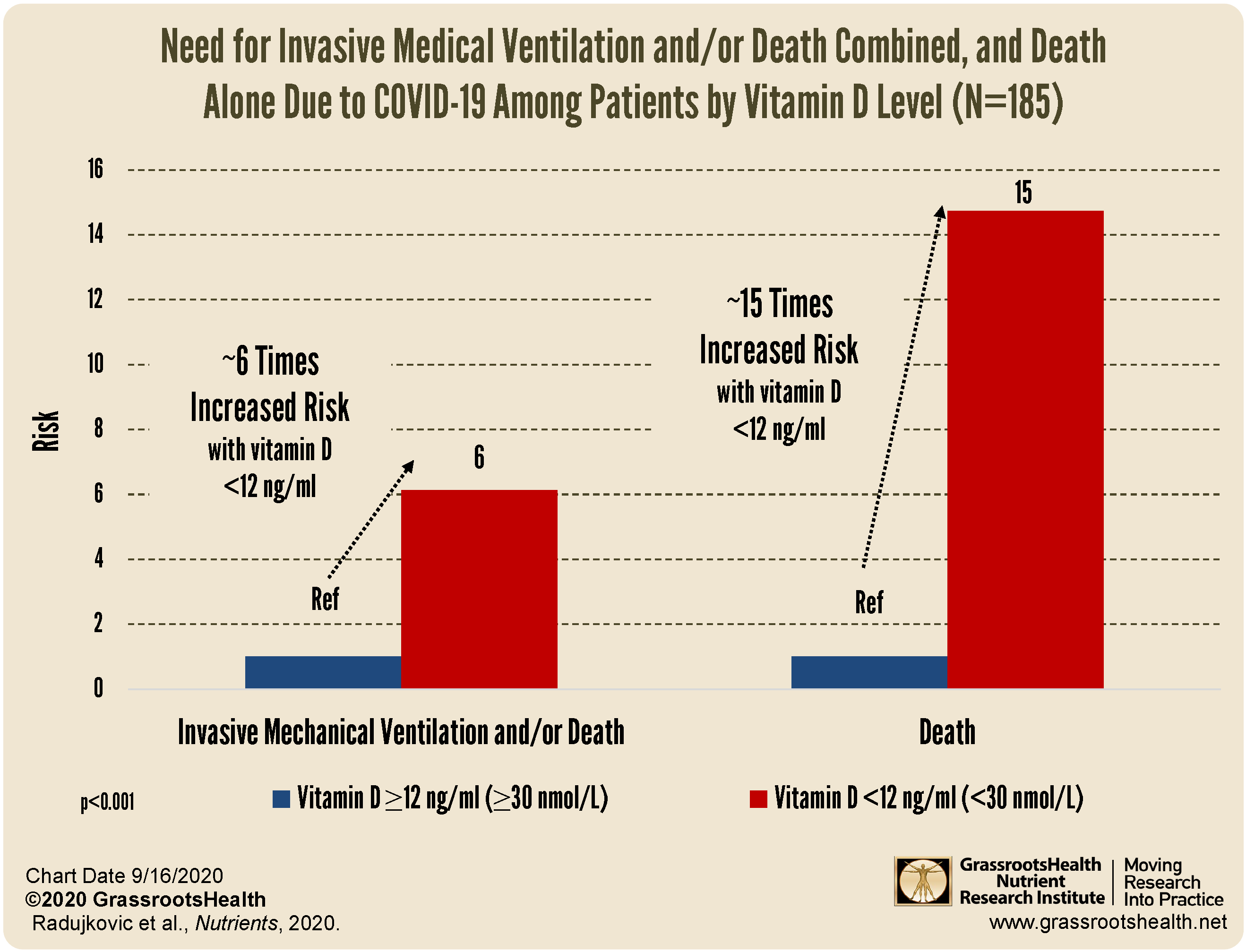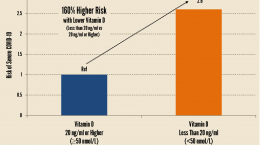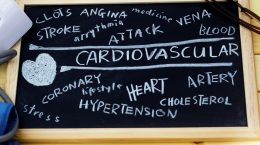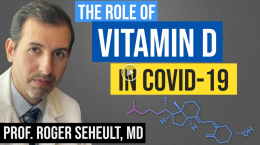Published on January 25, 2021
What is Vitamin D Good For? (Part 1: Musculoskeletal System) Vitamin D is needed by virtually every cell in the body and is essential for the proper function of hundreds of physiological processes
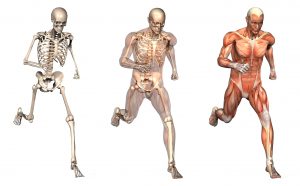 Lately we have been focusing much of our attention on vitamin D and its role in immune health. However, vitamin D is used by virtually every cell in the body and contributes to hundreds of physiological processes for a wide array of health effects. Vitamin D, by turning genes on or off, acts as a protector and regulator so it is able to enhance the functioning of cells, tissues and organs to keep us healthy and defend against disease. From musculoskeletal to cognitive and mental-emotional wellness, vitamin D has many benefits, and a deficit in vitamin D can lead to impairment or disease. With this in mind, why take a chance at being deficient in vitamin D?
Lately we have been focusing much of our attention on vitamin D and its role in immune health. However, vitamin D is used by virtually every cell in the body and contributes to hundreds of physiological processes for a wide array of health effects. Vitamin D, by turning genes on or off, acts as a protector and regulator so it is able to enhance the functioning of cells, tissues and organs to keep us healthy and defend against disease. From musculoskeletal to cognitive and mental-emotional wellness, vitamin D has many benefits, and a deficit in vitamin D can lead to impairment or disease. With this in mind, why take a chance at being deficient in vitamin D?
Today’s post on vitamin D in the musculoskeletal system is the beginning of a series that will take it back to the basics – to review the various roles of vitamin D and why getting enough is important to many aspects of our physical and mental health.
Your Bones & Muscles Need Vitamin D
Vitamin D gained much attention in the early 1900s due to its role in the prevention of rickets. Rickets is a disease originally discovered when a lack of sunlight (resulting in a lack of vitamin D production) led to the softening and weakening of developing bones in young children, as people moved from farms to the cities. Children with vitamin D levels less than 20 ng/ml (50 nmol/L) are at risk for rickets, and it is a problem still to this day.
Despite the fact that a vitamin D level of 20 ng/ml is enough to prevent most cases of rickets in children, it may not be enough for other musculoskeletal benefits, as vitamin D also:
- Influences calcium and magnesium concentrations – both important co-nutrients for muscle and bone development and function
- Directly stimulates bone mineralization throughout life
- Improves skeletal muscle function, normal coordination and balance
- Rebuilds skeletal muscle tissue and reduces inflammation, such as after high impact exercise or injury
Musculoskeletal disease associated with low vitamin D include:
- Rickets
- Osteomalacia and osteoporosis
- Dental diseases, such as childhood cavities and tooth decay
- Falls and fractures
- Neuromuscular disease
- Muscle weakness and injury
- Chronic pain
- Premature mortality
How Much Vitamin D do Your Bones & Muscles Need?
Similar to our Disease Incidence Prevention chart, the table below, adapted from a paper Sports Health Benefits of Vitamin D by Shuler et al., illustrates the impact of different levels of vitamin D on multiple aspects of the musculoskeletal system. As mentioned above, up to 99% of rickets cases can be prevented at levels of 20 ng/ml (50 nmol/L), however, additional benefits for bone and muscle health can be seen with higher vitamin D levels. Studies have also shown that maintaining a vitamin D level of at least 40 ng/ml (100 nmol/L) resulted in a decreased risk of bone fracture and stress fracture. Fast-twitch muscle fibers have been shown to be especially sensitive to vitamin D levels, which are important for burst activities and fall avoidance. Overall, cumulative research has shown that peak musculoskeletal performance may occur with a vitamin D level of at least 50 ng/ml.
Other Important Co-Nutrients for Bones & Muscles
Don’t forget that vitamin D works along with other essential nutrients for our health. For bones and muscles, these include:
- Vitamin C
- Magnesium
- Omega-3s
- Protein
- Calcium
- Vitamin K2
- Boron, phosphorus, potassium, zinc, and many others…
Are You Getting Enough Vitamin D to Support Healthy Bones & Muscles?
With almost 90% of the general population having vitamin D levels below the recommended 40-60 ng/ml (100-150 nmol/L), it is obvious that most people need more vitamin D. While most of us cannot achieve a vitamin D level of 40-60 ng/ml (100-150 nmol/L) from sun alone, either due to our lifestyle, where we live, or other circumstances, we can certainly reach those levels with the right amount of supplementation.
What amount is right for you? The only way to tell is to test your level of vitamin D – from there, use the vitamin D*calculator to help you determine a dose of vitamin D to achieve your desired target level, and choose either a regular daily maintenance dose (to reach your goal in approximately 3 months), or start with an initial “loading dose” to help bump it up more quickly (loading doses do not go above 25,000 IU per day, which is the amount our bodies can produce from proper sun exposure, and can help us reach our target level within only weeks).
Make Sure You are Getting Enough Vitamin D TODAY!
By joining the GrassrootsHealth projects, you are not only contributing valuable information to our study, but you are also gaining knowledge about how you could improve your own health through measuring and tracking your nutrient status, and educating yourself on how to improve it. Do you know what your status of vitamin D, omega-3s, and other essential nutrients is? Could your levels be improved? Test now to find out!
 We now have a NEW GIFTING SERVICE that allows you to quickly send ‘Gift Cards’ to friends, family and coworkers who you consider might need immediate access to testing, and to Claim the Joy of Your Health TODAY. Give the gift today!
We now have a NEW GIFTING SERVICE that allows you to quickly send ‘Gift Cards’ to friends, family and coworkers who you consider might need immediate access to testing, and to Claim the Joy of Your Health TODAY. Give the gift today!
What does the Research Say about Vitamin D & COVID-19?
It’s TIME to start saving lives! If you can help PREVENT the majority of the death, it’s time! What’s it costing you/us not to take action NOW?
There is much published research that supports a clear link between vitamin D and COVID-19 showing that higher vitamin D levels are related to:
a decreased risk of testing positive for COVID-19
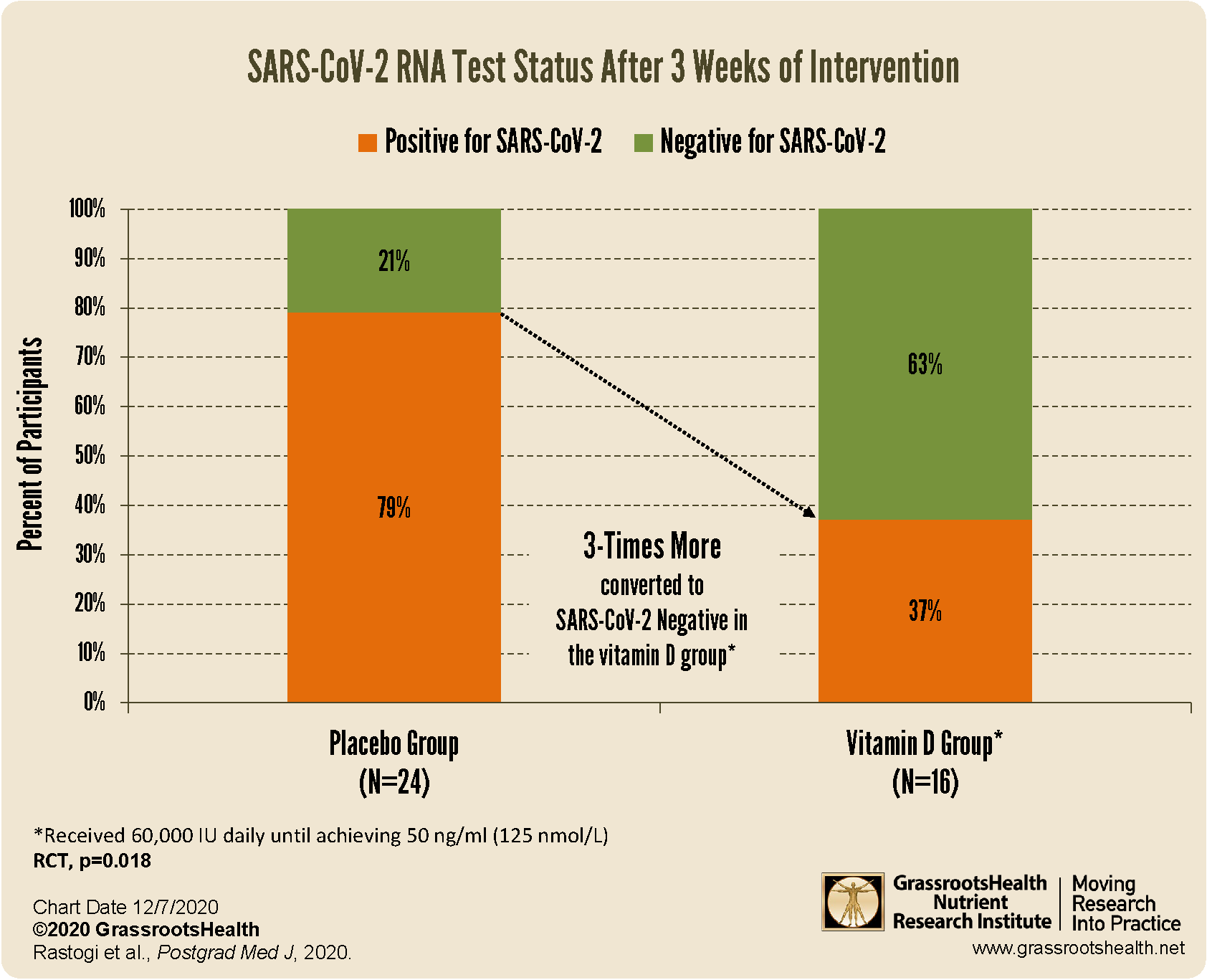 increased viral SARS-CoV-2 RNA clearance
increased viral SARS-CoV-2 RNA clearance
better clinical outcomes among patients with COVID-19
decreased risk of death due to COVID-19
Be sure to educate yourself on the benefits and importance of vitamin D for immune health, and take steps to ensure you and your loved ones are getting enough.
You can review all of the COVID-19 and immune health information we have shared on this page.


